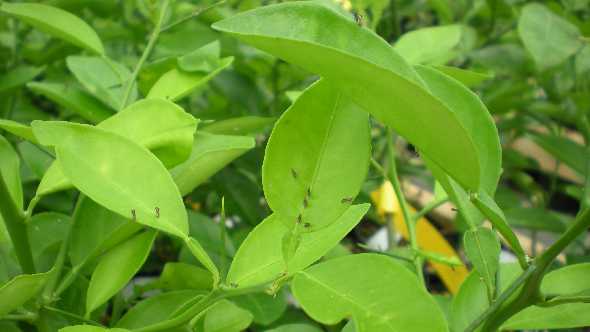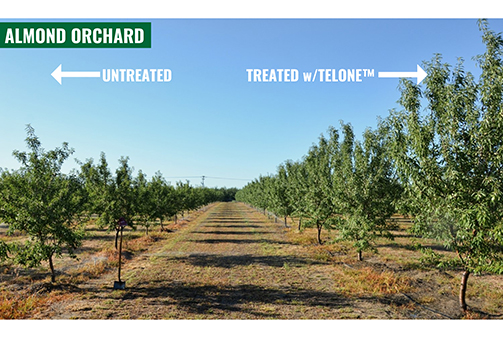Scientists Find Sound Way To Trap Citrus Psyllids
USDA scientists might have come up with environmentally friendly way to control Asian citrus psyllids, the vector of citrus greening.

Photo courtesy of Southern Gardens
Richard Mankin, an entomologist with USDA’s Agricultural Research Service in Gainesville, FL, designed an acoustic trap based on his experience investigating how insect pests use their sense of smell, sight, or hearing to locate food and mates. Together with University of Florida graduate students, Mankin decoded the psyllid’s signaling patterns and recreated them with electronics including a buzzer and a microphone.
Many of the traps now used to control crop-damaging insects use chemical attractants or pheromones. Low doses of pheromones can lure pests into traps; high doses can saturate the air so thickly that pests fail to meet and mate. The acoustic trap is different: It mimics the wing-buzzing vibrations male and female psyllids use instead of pheromones to locate and court one another in citrus trees.
In citrus trees, a male psyllid normally crawls to the female after the female responds to the male’s wing-buzzing vibrations. In laboratory studies, however, the trap is also listening to this vibration, and it responds a tenth of a second or two before the female with a fake signal, luring the males into a nearby sticky trap.
Mankin’s team is refining the trap for outdoor testing this summer. Read more about this research in the May 2016 issue of AgResearch magazine.









